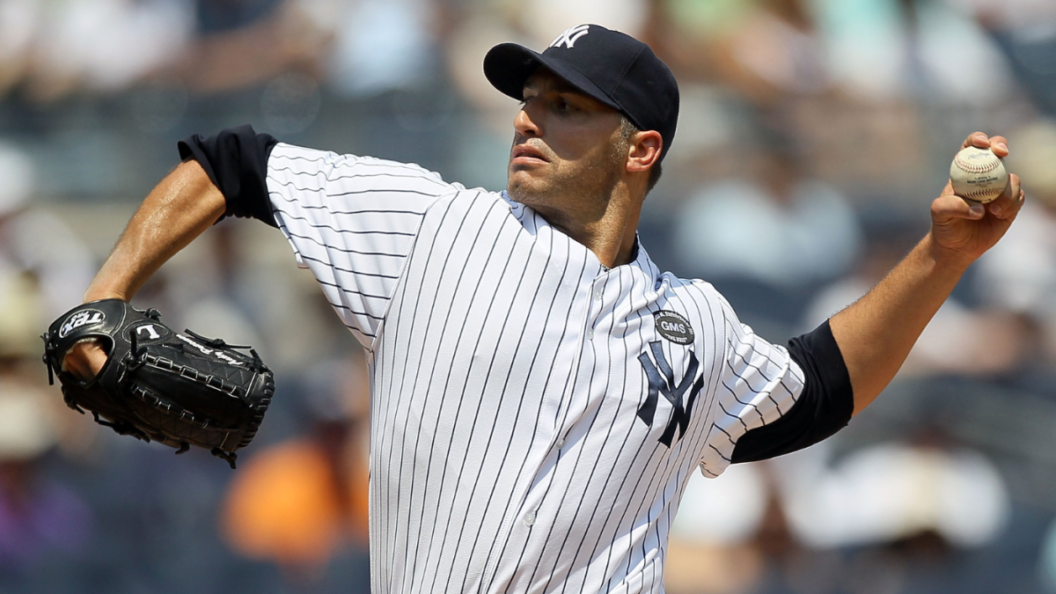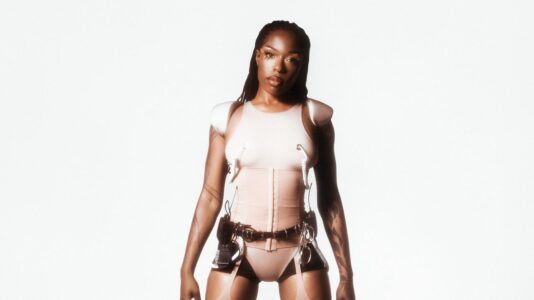Debate Intensifies Over Hall of Fame Cases for Andy Pettitte and Mark Buehrle
The discussion surrounding Major League Baseball (MLB) Hall of Fame eligibility has become increasingly complex, particularly as the game evolves and pitching roles change. As fatigue sets in among traditional starting pitchers, two names persistently come up in Hall of Fame conversations: Andy Pettitte and Mark Buehrle. While both have significant careers, their paths to Cooperstown remain contentious.
Shifts in Pitching Dynamics
Modern baseball shows a marked shift in pitching usage that can significantly affect the evaluation of players. Recent statistics reveal a notable decline in the average innings pitched per game. The average for starting pitchers in 2024 is 5.21 innings, down from 6.55 in 1974, and the trend shows fewer pitchers reaching the 200-inning milestone each season. In 2024, only four pitchers completed that feat compared to 34 in 2014 and 42 in 2004.
This decline raises questions about how current pitchers will be assessed in the future against their predecessors who consistently delivered higher workloads.
Mark Buehrle’s Case
Mark Buehrle, known for his durability, has struggled to gain traction in Hall of Fame voting. Over four years, he has garnered just 11%, 5.8%, 10.8%, and 8.3% of the vote. Buehrle finished his career with a record of 214-160, a 3.81 ERA, and 1,870 strikeouts over 3,283 innings. He was a crucial part of the 2005 World Series-winning Chicago White Sox and logged an impressive 14 seasons with over 200 innings pitched.
His consistency sets him apart, as he ranks highly among pitchers in terms of durability. Historical stats show that he is among only 14 pitchers in MLB history to have 15 seasons with 200 innings, a list that predominantly features Hall of Famers. Despite not achieving top-tier accolades in awards or Cy Young votes, his performance remains commendable, demonstrated by his spot among the top 100 in all-time innings pitched and wins.
Andy Pettitte’s Legacy
Andy Pettitte presents a different narrative, boasting a career record of 256-153 and holding the record for the most postseason wins (19) in MLB history. He has five World Series titles and was named American League Championship Series MVP. However, his Hall of Fame journey has been marred by controversy surrounding his admission of using human growth hormone (HGH) in 2002, which could affect voter sentiment.
Despite the PED association, Pettitte’s statistics are compelling. He maintained a 3.85 ERA across 3,316 innings and reached the playoff stage in eight World Series, performing well under pressure. Despite being regarded as a top-tier pitcher, his Hall voting percentages have fluctuated between 9.9% and 17%, indicating a lack of consistent support.
Historical Context and Future Considerations
The broader context here involves reevaluating Hall of Fame standards against evolving baseball practices. The decline in traditional starting pitcher workload necessitates loosening certain benchmarks for induction. Currently, Gerrit Cole, with 153 wins at age 34, becomes an example of this shifting standard, as he ranks 152nd in all-time JAWS (Jaffe WAR Score).
Both Buehrle and Pettitte’s cases are emblematic of a deeper conversation about the nature of pitching in modern baseball. If the trend continues, future Hall of Fame voters may need to reconsider eligibility criteria, accounting for not just raw statistics but also the shifting landscape of how the game is played.
Conclusion
As the Hall of Fame ballots are assessed, the individual stories of Pettitte and Buehrle will become focal points in discussions about how modern metrics and traditional accomplishments coexist. The significance of both players in their respective eras cannot be understated; however, their paths illustrate the challenges faced by starters trying to gain Hall of Fame recognition in a changing baseball environment.
Their cases compel analysts and fans alike to question the criteria for excellence in the sport and emphasize the importance of every inning pitched, particularly as MLB continues evolving. As the narrative unfolds, it remains to be seen whether voters will embrace a more inclusive view of what constitutes a Hall of Famer in today’s game.









